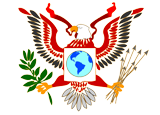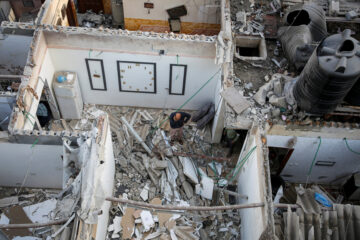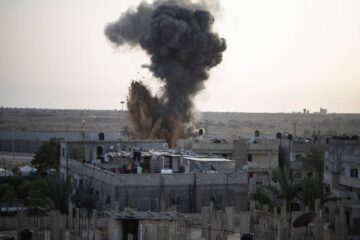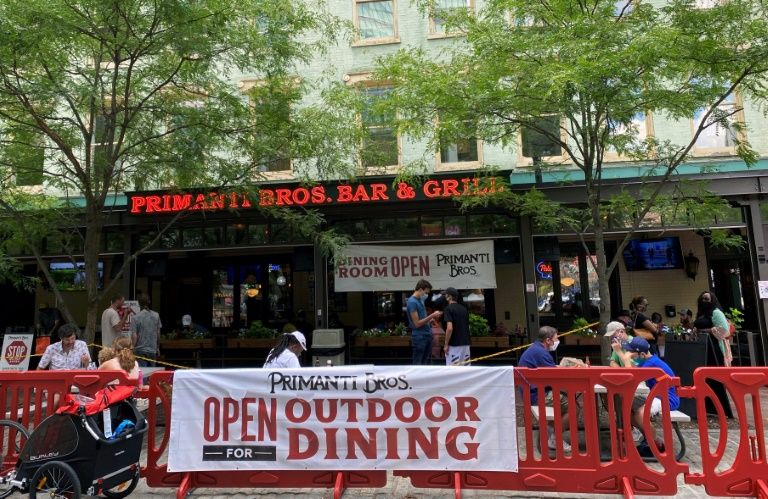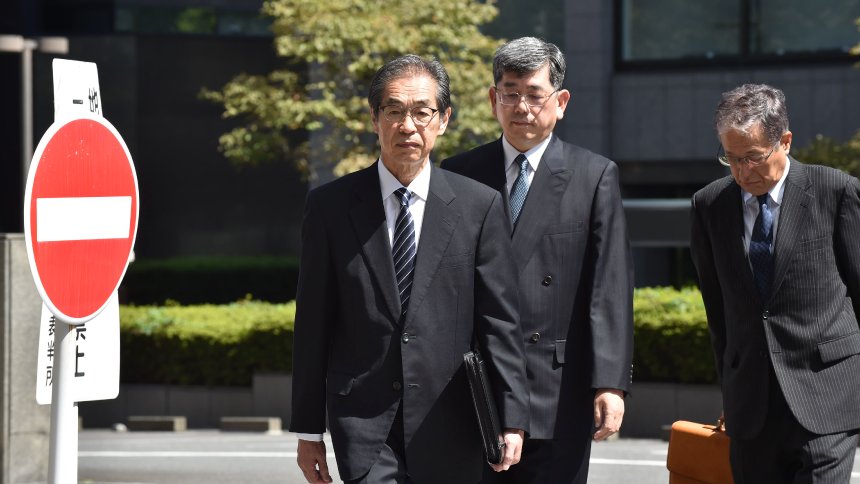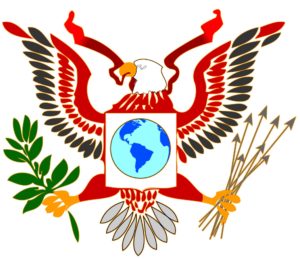Haiti hospital cares for kids amid gang violence, hunger and scarce aid
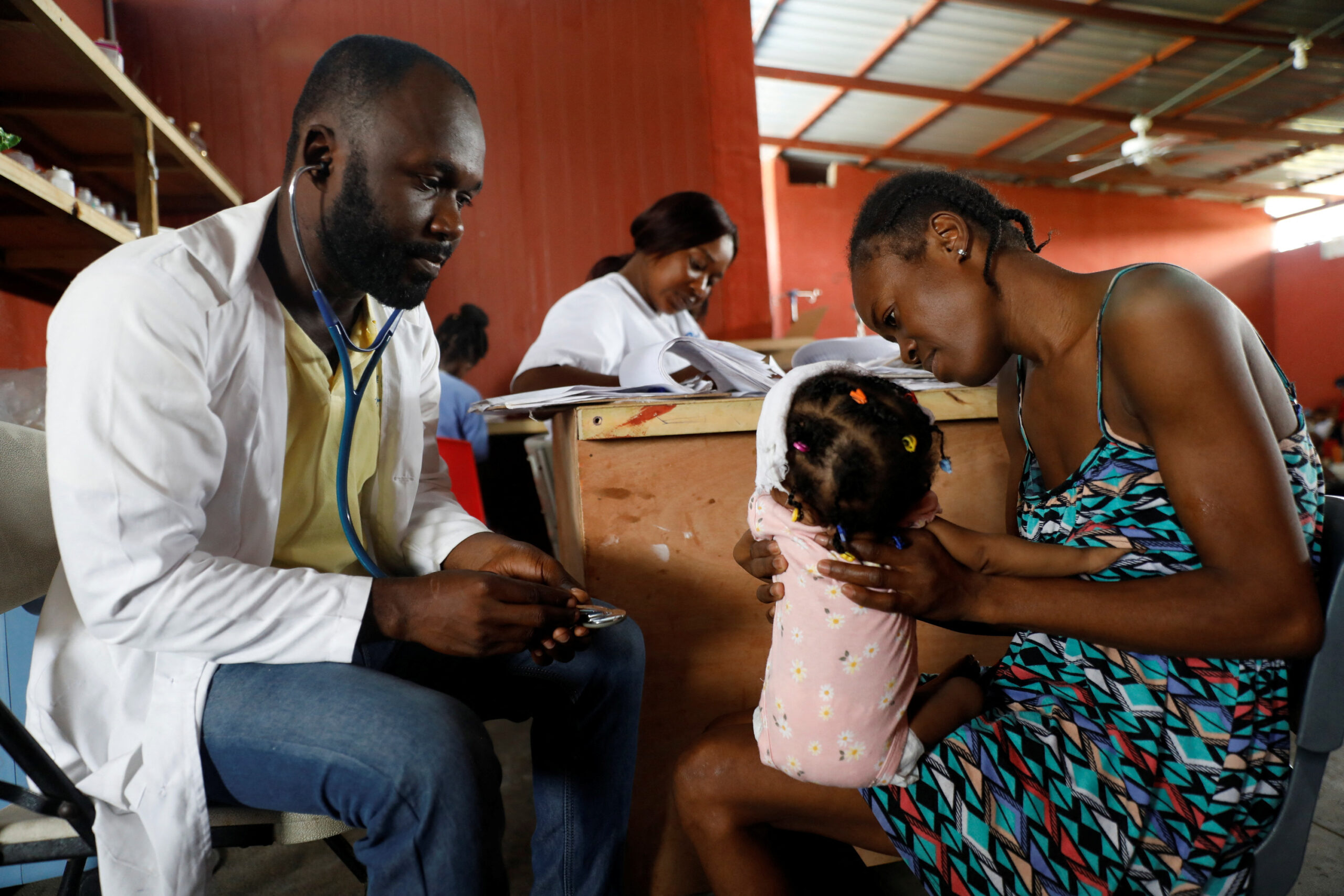 Mackenson Pierre, a doctor, treats Marie Michelle Joseph's 9-month-old baby Myleisha Moliere at the Centre Hospitalier de Fontaine, located in the impoverished neighborhood of Cite Soleil, where the two rival gangs, G-Pep and G-9, are based, in Port-au-Prince, Haiti July 27, 2023. REUTERS/Octavio Jones
Mackenson Pierre, a doctor, treats Marie Michelle Joseph's 9-month-old baby Myleisha Moliere at the Centre Hospitalier de Fontaine, located in the impoverished neighborhood of Cite Soleil, where the two rival gangs, G-Pep and G-9, are based, in Port-au-Prince, Haiti July 27, 2023. REUTERS/Octavio JonesMarie Michelle Joseph’s 9-month-old daughter is weak and has a persistent fever.
After being turned away from Haiti’s only general hospital, her daughter Myleisha was finally accepted at Fontaine Hospital, a UNICEF-sponsored facility in the capital Port au Prince – in an area the rest of her family considers too unsafe to visit.
“I’m the only one by her side,” the 27-year-old mother said. Myleisha’s twin brother died just a week after he was born and Joseph is miles away from her relatively well-to-do area of the capital.
Large parts of Haiti are under the control of heavily armed gangs, whose frequent turf wars put the livelihoods of its residents and aid workers at risk. Food producers are unable to move their produce to the places where they are sorely needed.
The Fontaine Hospital is located in the Cite Soleil neighborhood, where the G9 and G-Pep gangs have been fighting a vicious turf war. Many patients cannot pay even basic fees and the hospital struggles to afford equipment and pay their staff.
Still, it stays in operation, treating little girls like Myleisha.
“We are in one of the poorest areas of the country, and also one of the most dangerous,” said hospital founder Jose Ulysse.
Some tiny children being cared for at the hospital, like 22-month-old Celestin Fraceline, are severely malnourished. Their arms are bone-thin and their ribs are clearly visible.
“We have a lot of problems to feed people,” said Ulysse. The hospital is an important employer for young people who have few alternatives besides joining gangs, he added.
The crisis has put over 100,000 children in Haiti at the risk of starving to death, according to United Nations estimates. The UN World Food Programme (WFP) says nearly half of Haiti’s population – some 4.9 million people – are going hungry.
But the WFP said last month it had been forced to slash its July emergency food assistance to the country by 25% compared to the previous month due to dwindling funds, while in June UNICEF said it had received only 15% of the funds it needs for Haiti operations this year.
Without more UNICEF funding, hospital director Kareen Ulysse said she doubts the Fontaine can keep running for another year.
“We are barely holding on financially,” she said. The hospital’s budget comes mostly from its patients and its donor income has been shrinking for years.
Haiti’s government requested international security assistance last year and the UN has repeatedly voiced its support for a security force. But – wary of getting involved in a country with an unelected caretaker government and a checkered history of foreign intervention – no country had been willing to lead such an effort until Kenya committed last month.
In the meantime, the Fontaine does what it can.
“I’m waiting for her to get better,” Joseph said as she held Myleisha. “I cannot leave yet.”
SOURCE: REUTERS
